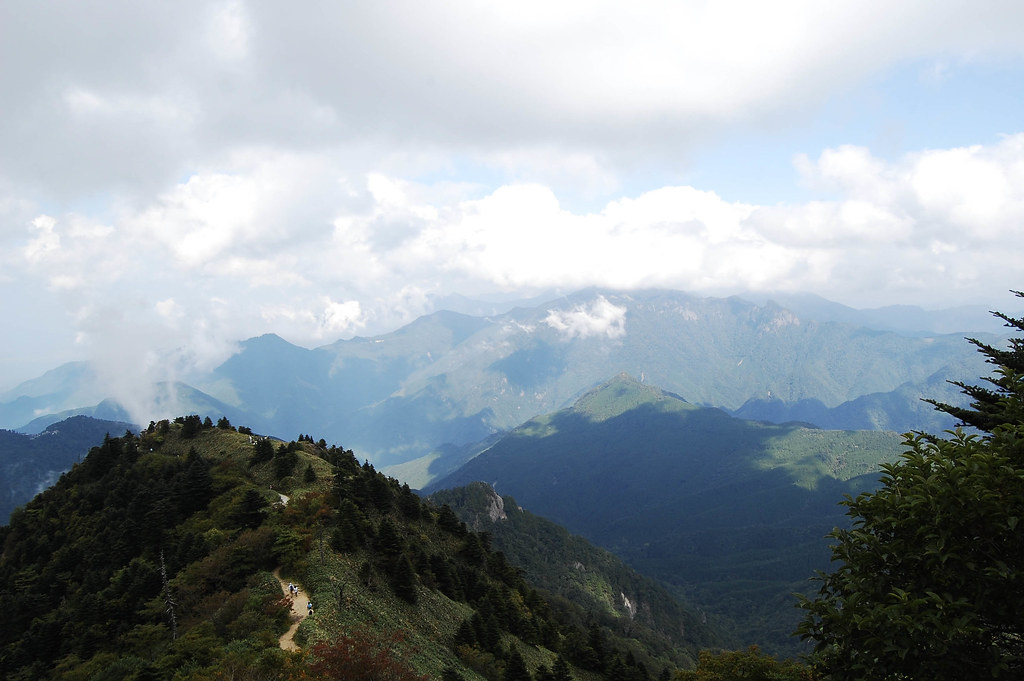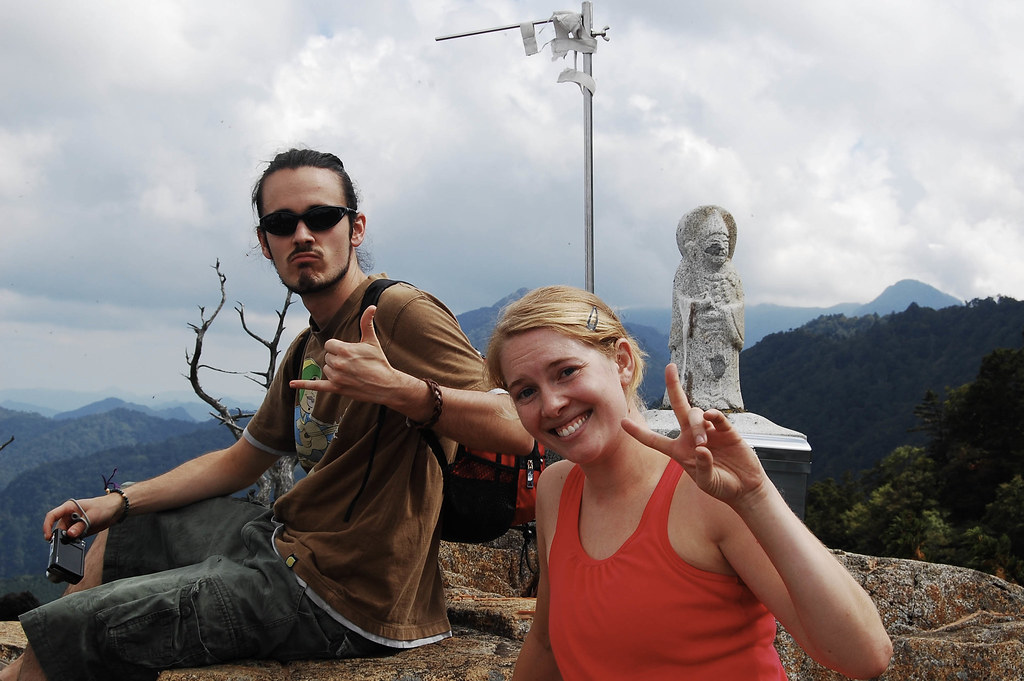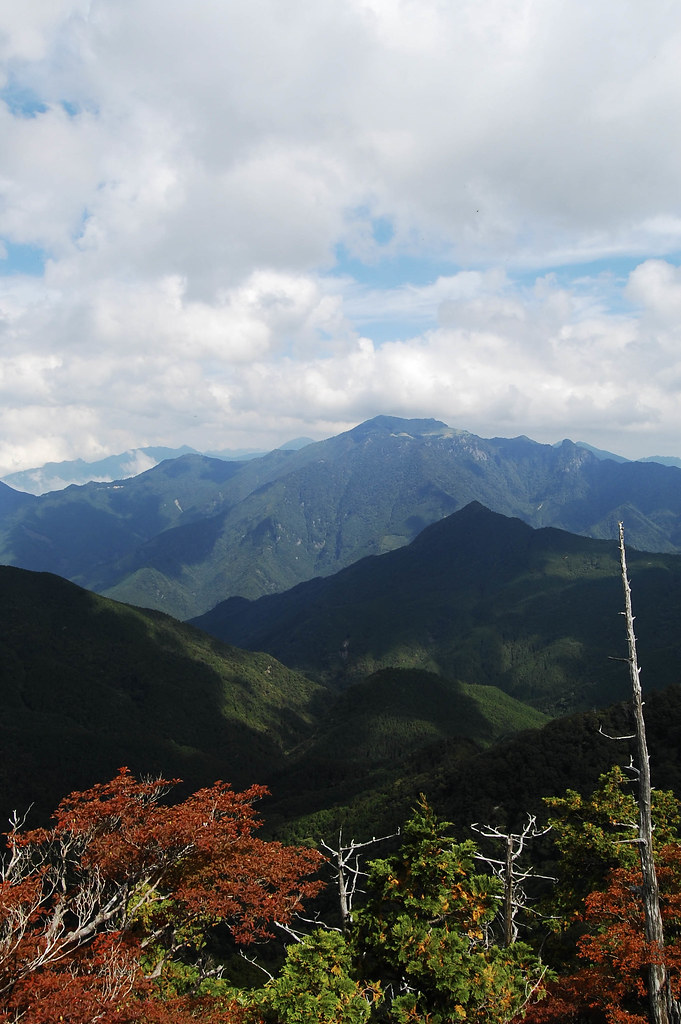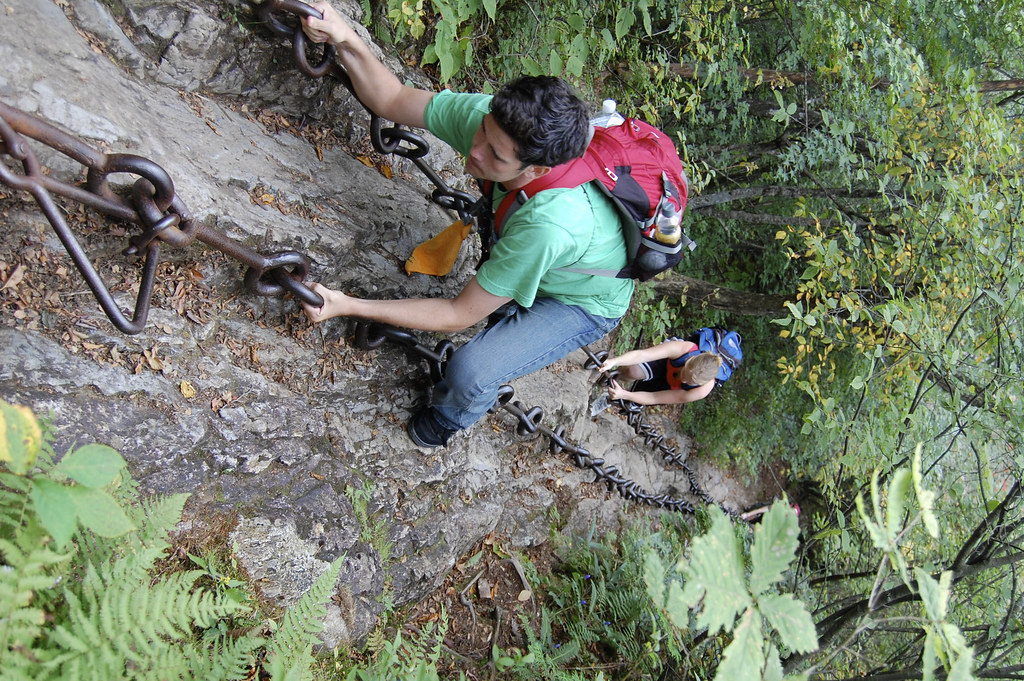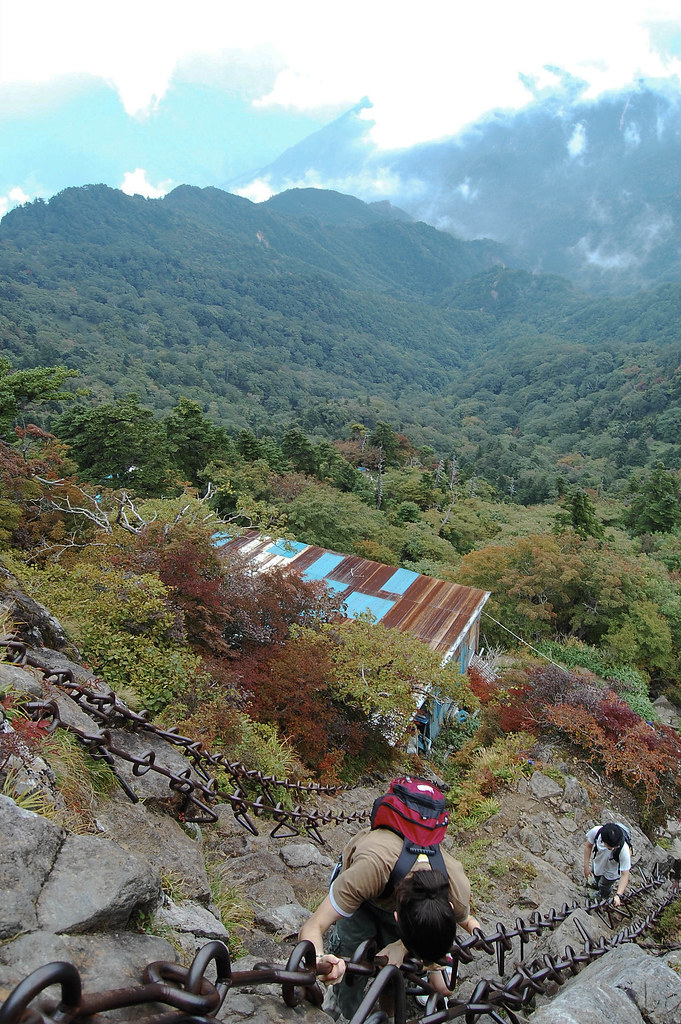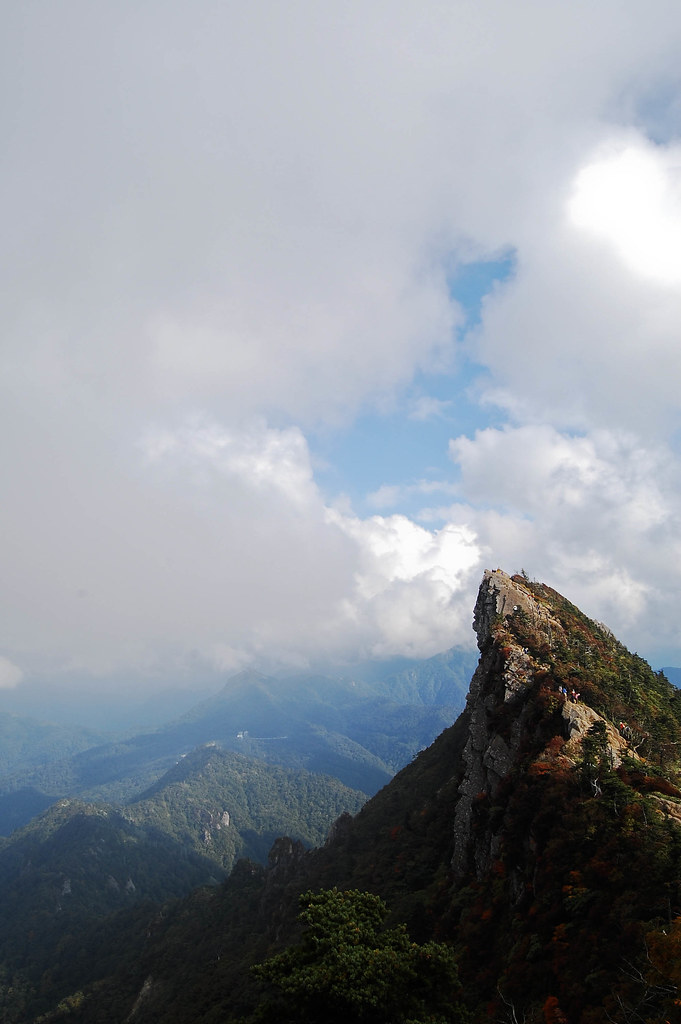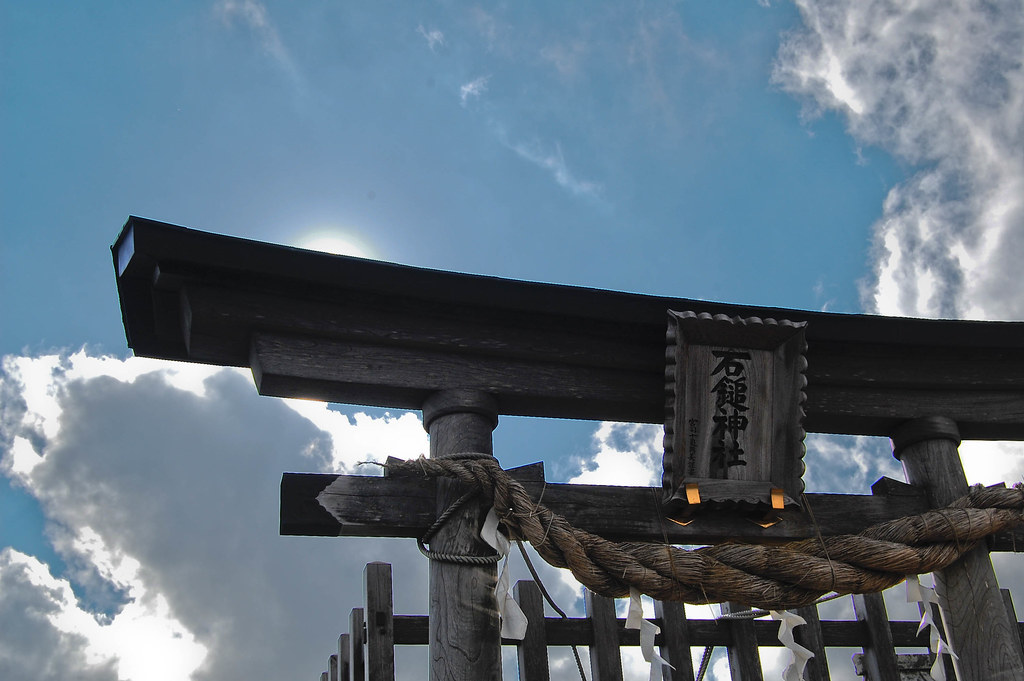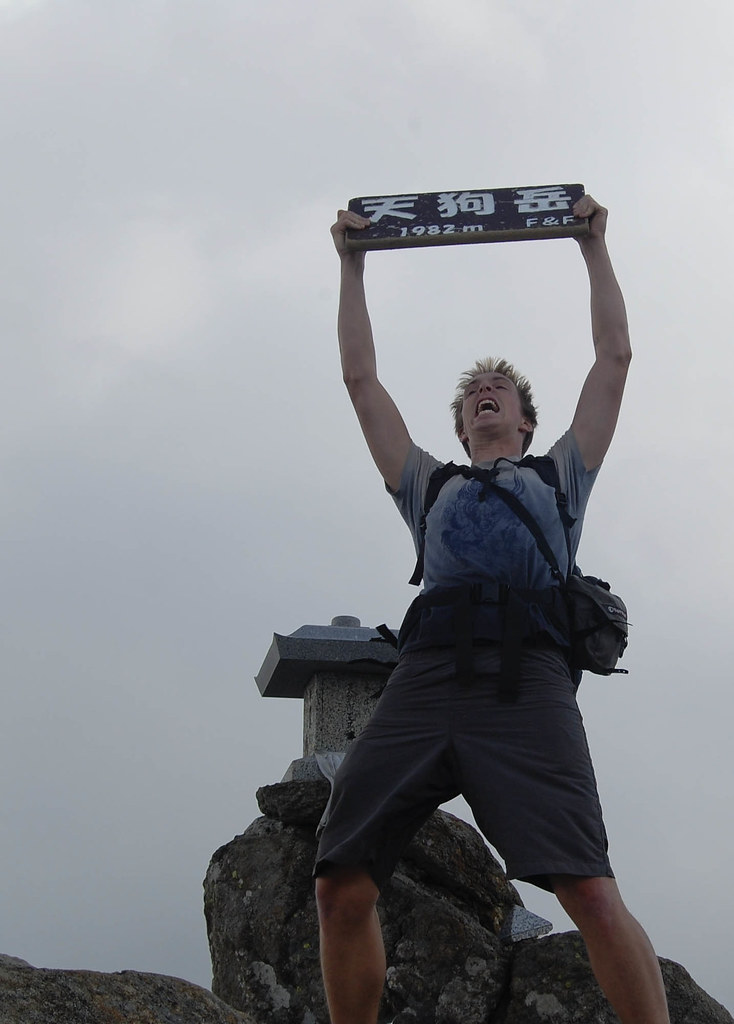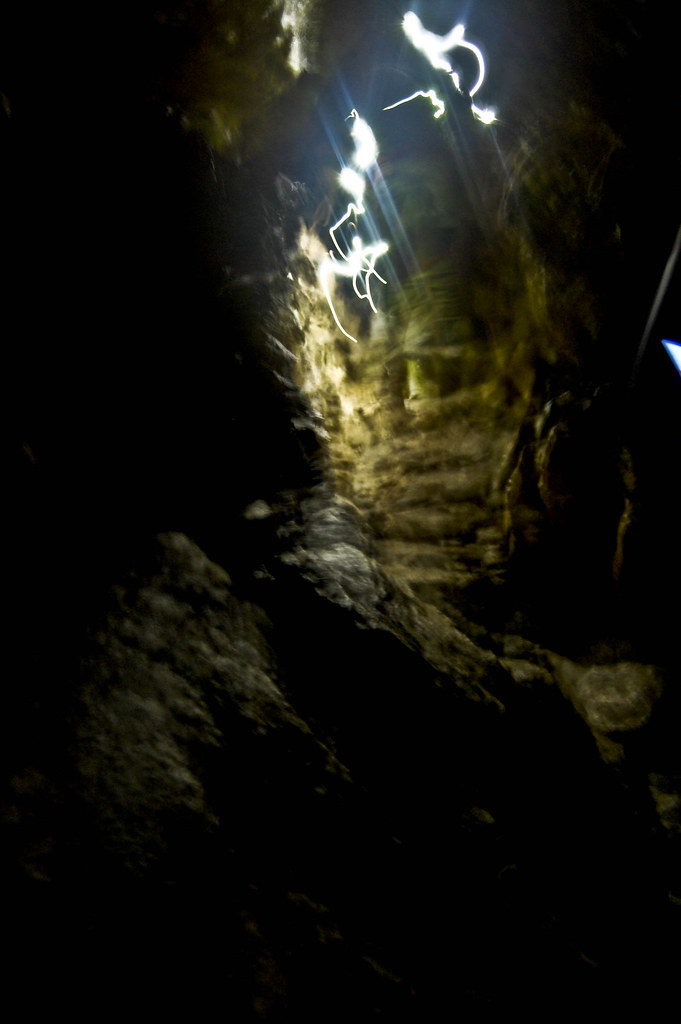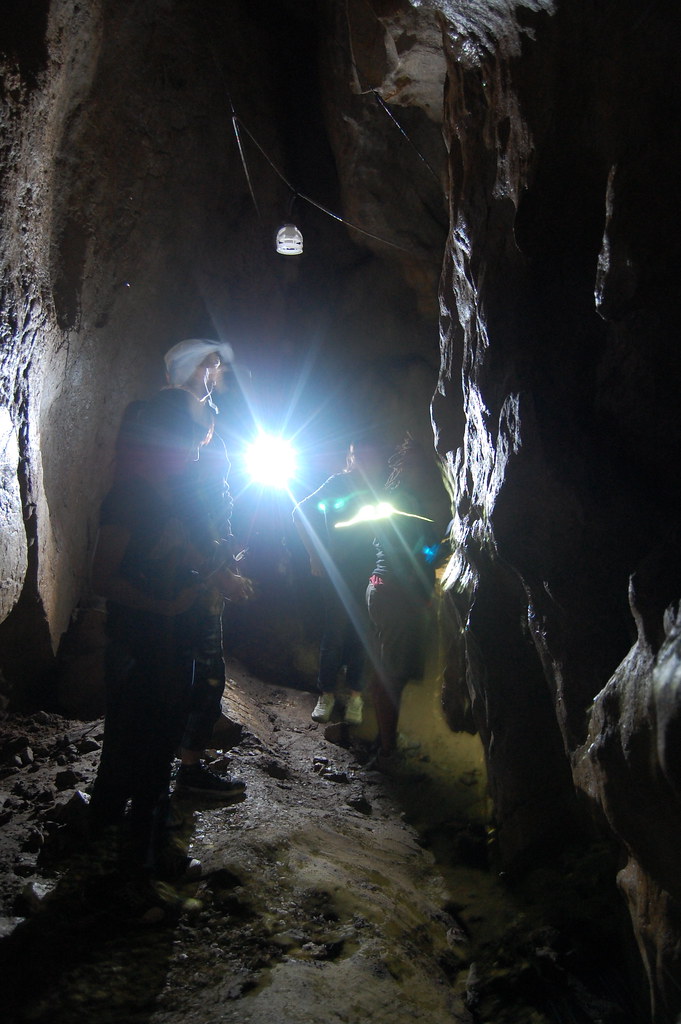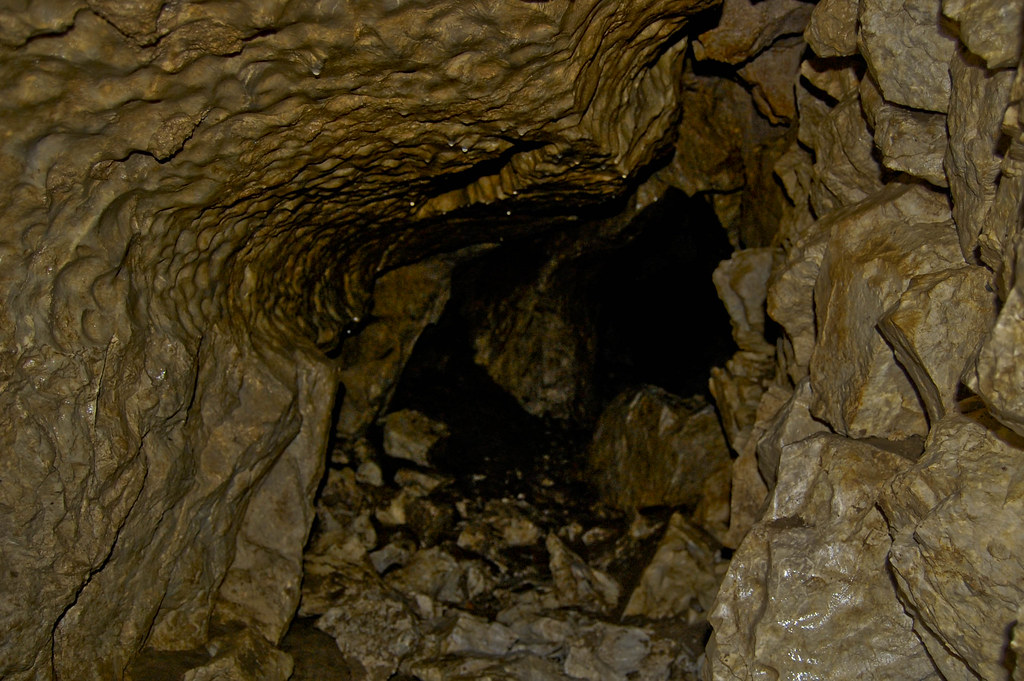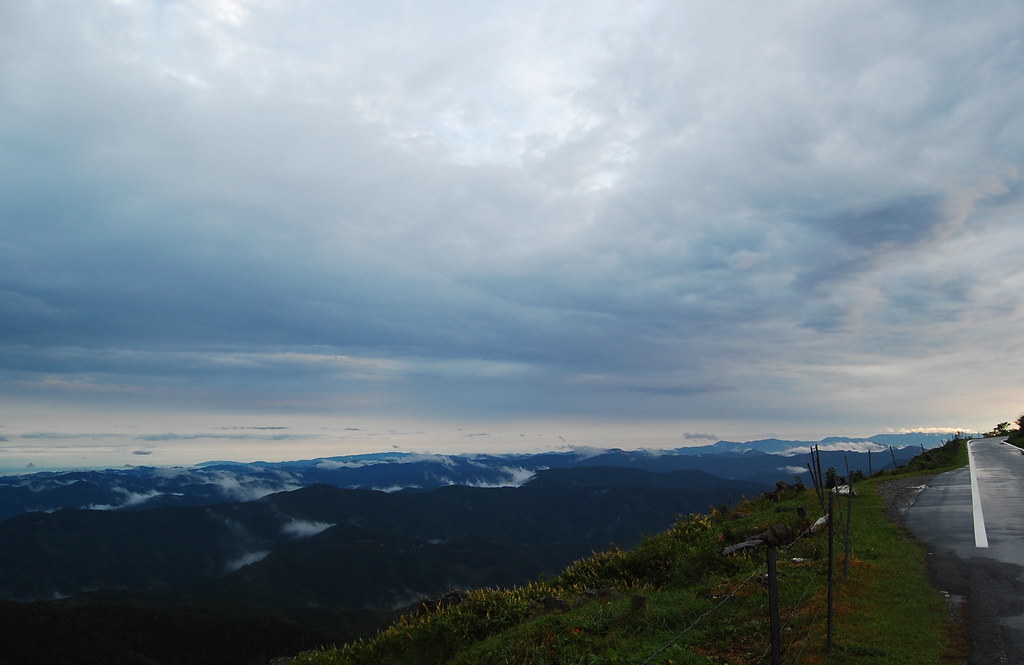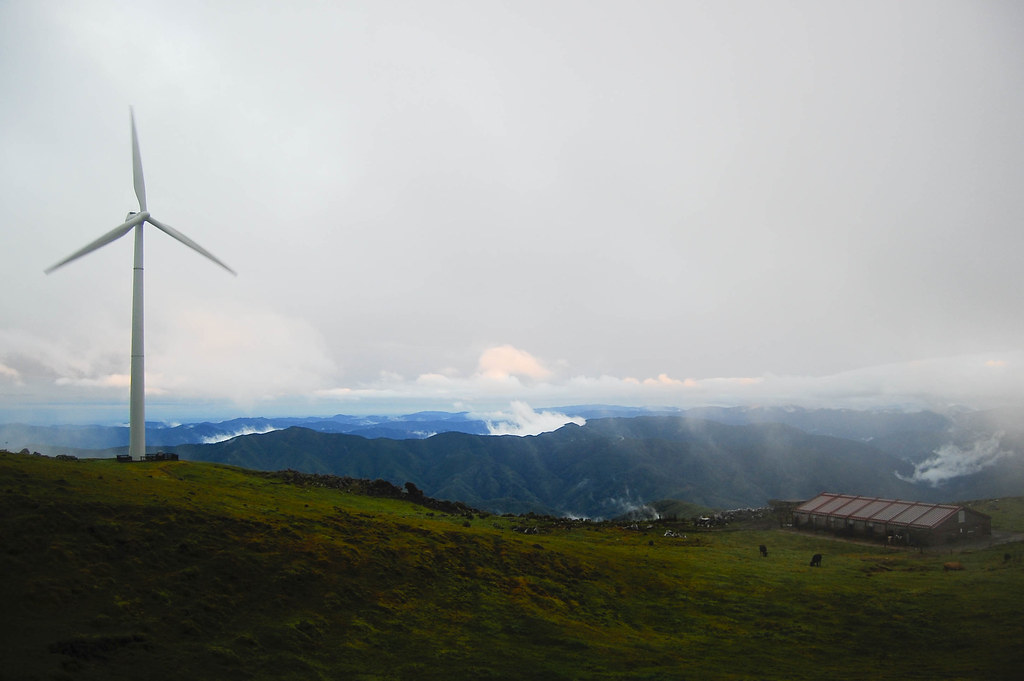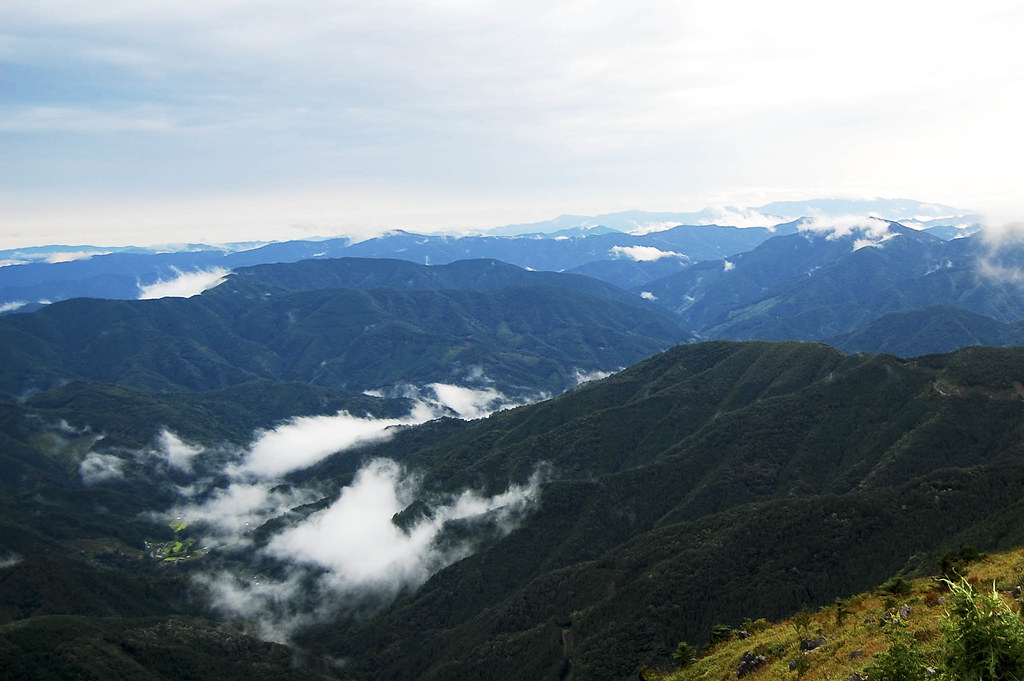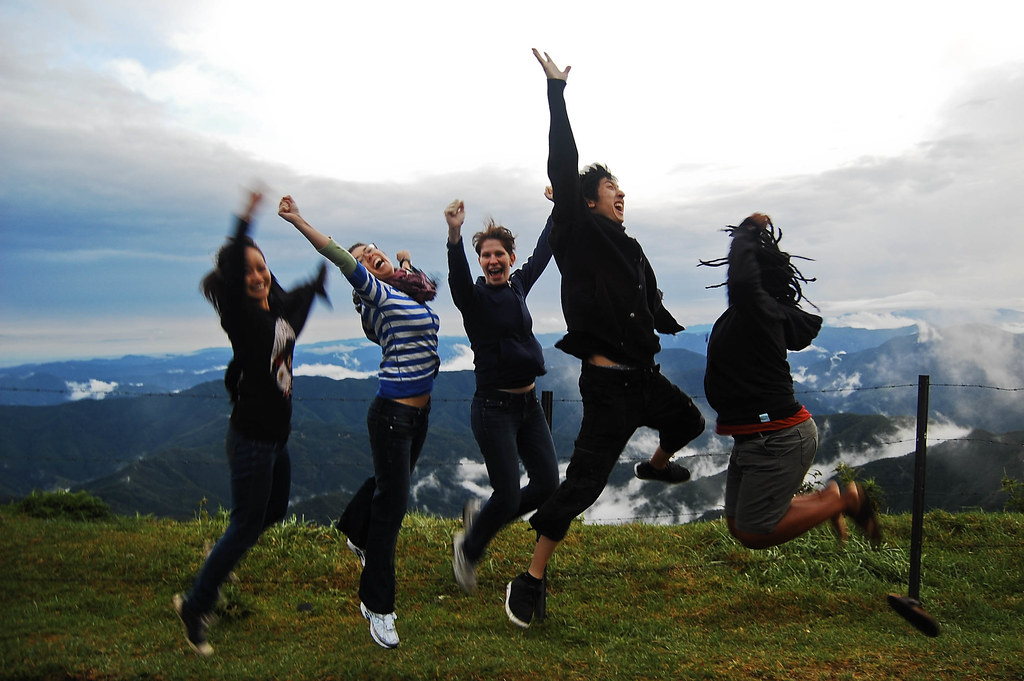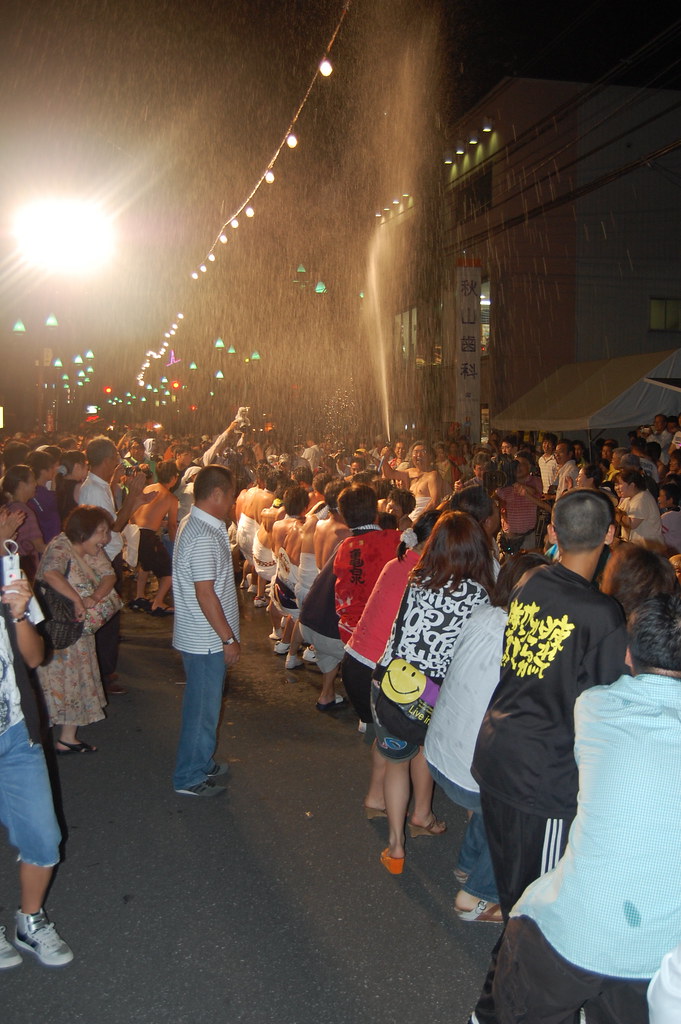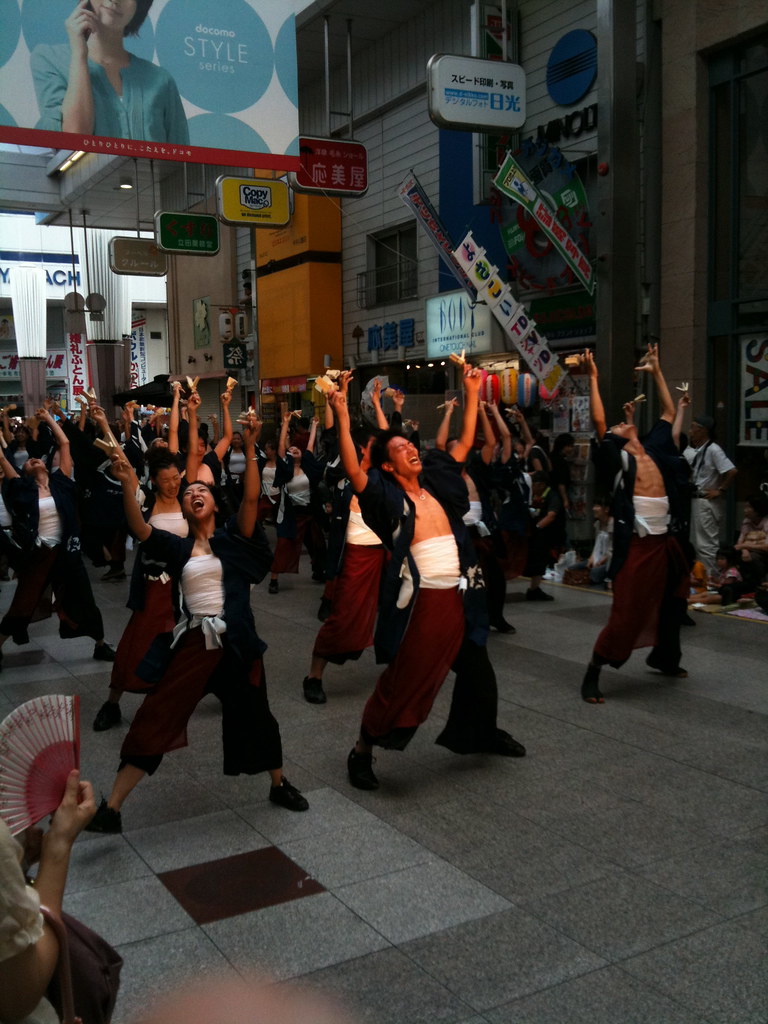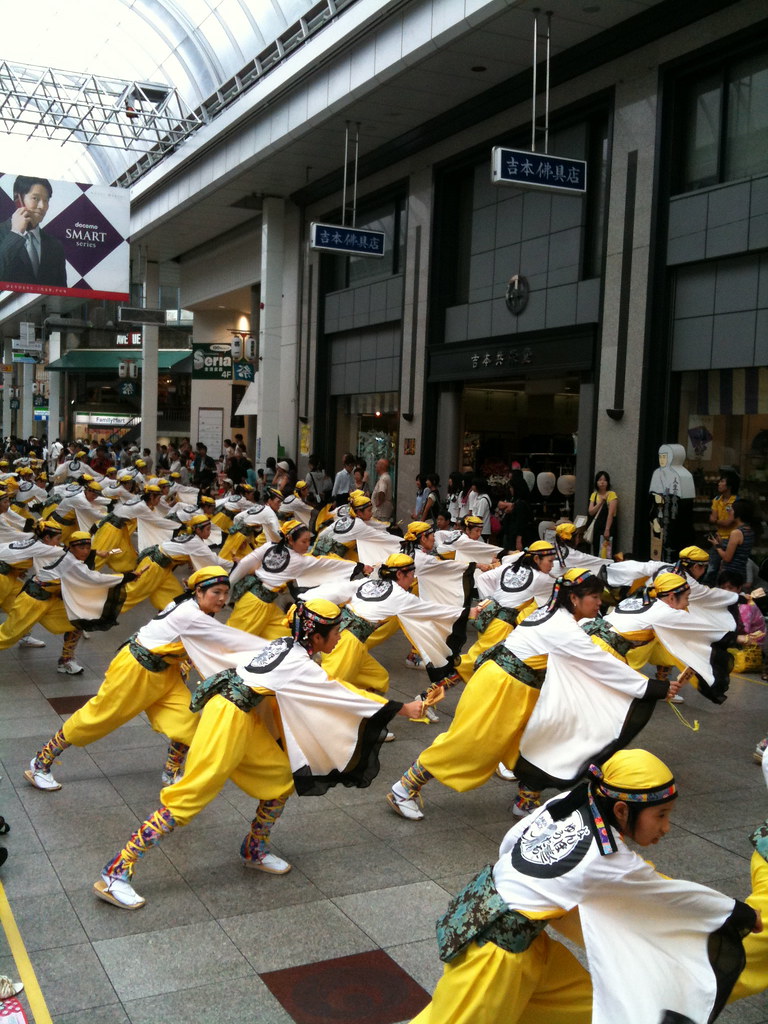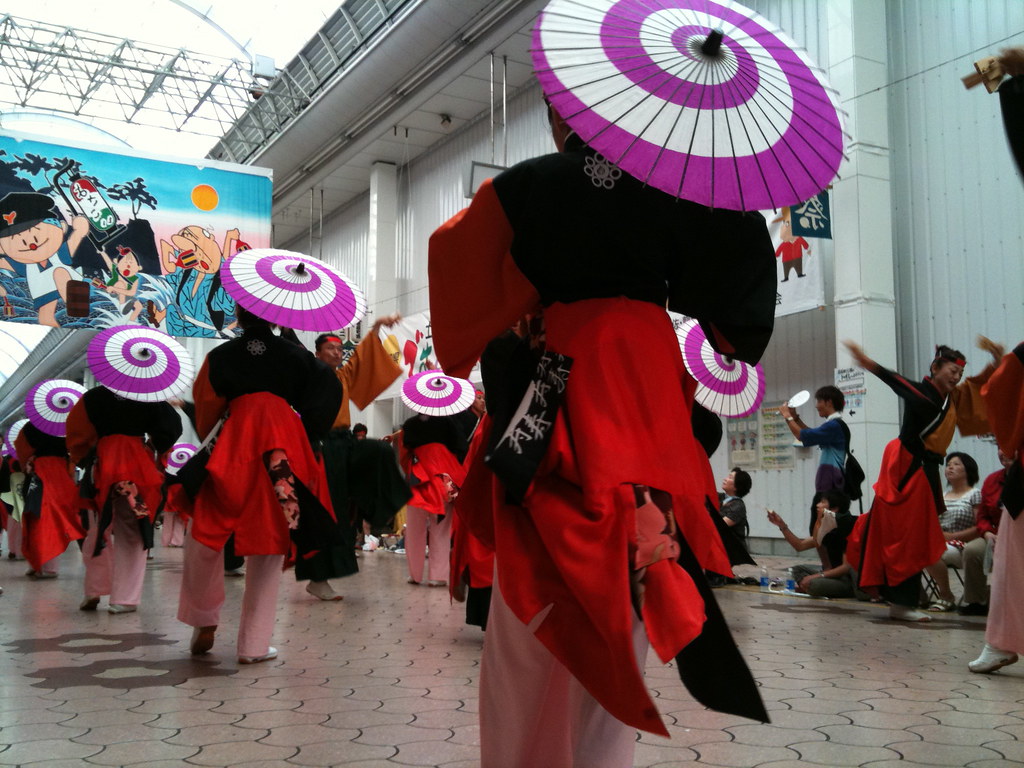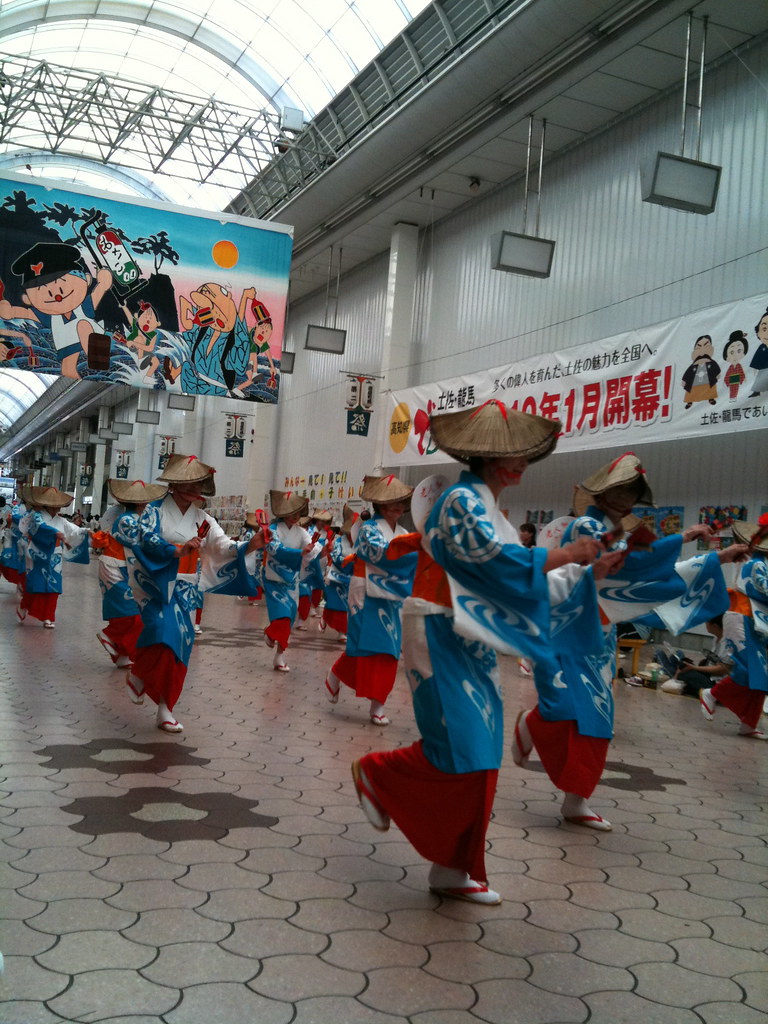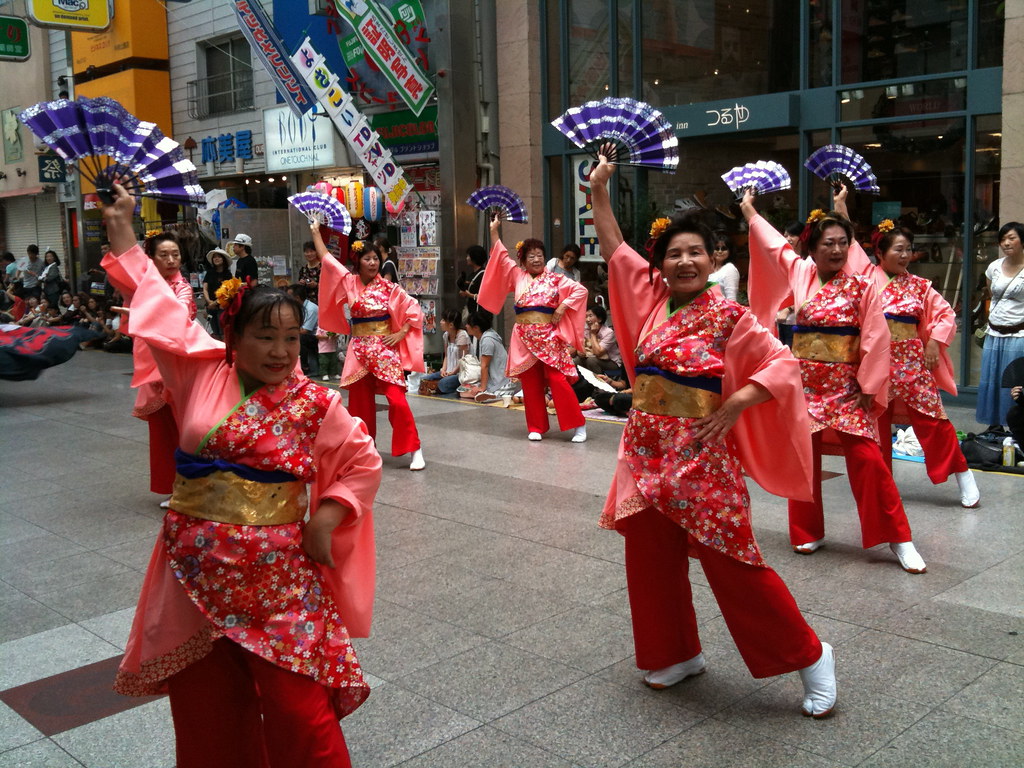When I was told that nearby Tosa town had an annual festival based around the classic, hernia-inducing act of competitive rope pulling, I struggled to remember the last time I had been involved in a good ‘ol fashioned match of tug o’ war. Answer: far too long. Plus, they were asking for volunteers for a gaijin team to compete in said festival. Question: where do I sign up?
After arriving, we donned colorful uniform shirts and were ushered to the pre-event drinking/eating party. Everyone knows you can pull on a rope hungry and sober, but that just wouldn’t be a Japanese festival now would it. We realized we were a little bit late as we were met by some members of one of the other teams who at this point appeared to be in no danger of being hungry or sober. They began pouring us beers and we were off in our race to catch up. During this time, I had a funny conversation with a decently sloshy and very friendly guy (whose name has been lost to the beer-soaked void) about Gov. Schwarzenegger, which mainly consisted of me attempting to explain California’s deficit in my limited Japanese, and him doing a series of Terminator impressions (more accurately, the same one multiple times).
A number of beers and countless delicious tidbits later, a hush fell over the entire room as we all began clapping as someone (evidently) very important entered the room. I whispered to my new compadre, wondering who this guy was, and he responded, “kochi ken no arunaruldo desu” (lit. the Arnold of kochi prefecture). He stood and made a toast to the festival, the town of Tosa, and the prefecture of Kochi, after which we drank and applauded furiously. He stepped down from the stage and began to mingle with those around, and next thing I new my new friend thrust a tall bottle of Asahi into my hand and began pushing me towards him, telling me I had to cheers with him. I… what… are you sure… I sputtered as my friend pushed me forward towards him, beer outstretched. I managed to get out a quick hello-my-name-is-george-from-california-very-nice-to-meet-you in about one breath before I defaulted and held up the beer in an offer he couldn’t refuse. Then I froze as I suddenly realized something; here I stood, dumbfounded, beer held aloft, attempting to pour a beer for the Governor of Kochi, a man who was currently holding no cup. Before I even had time to think, out flew my used cup, which he accepted without batting an eye, and somehow there I found myself, pouring this important Japanese government official a beer in soiled plastic ware. Another cup (I believe already used as well) came out of nowhere, and he filled up my new cup with a slight nod as I bobbed forward bowing, blabbering “domodomodomodomo”. Then a “kampai” and I was drinking beer out of dirty cups with the most important Japanese man I’ve ever met.

from my left: my super genki buddy, Gary, Gov. Ozaki Masanao
As for the tug o’ war, the gaijin team fought hard, yet got completely whipped in the first round, destroyed by the burly Japanese team that had just won the bus pull. I have to say we were a bit disappointed to lose so swiftly and severely, but it was awesome to compete at all, and I enjoyed the rest of the competition happily taking pictures.

After the most brutal, massive, testosterone-filled team of rope pullers had been decided, they busted out the mother rope. Now I don’t care if you’re a sailor, climber, or your daddy’s a flippin' rope-maker, you ‘aint ever seen a rope like this. It was about two and a half feet in diameter, and spanned the length of about three town blocks. Handmade, this beautifully woven, gargantuan affair of a rope was truly a work of art. Then began the preparation for the really big match, but not before the kiddies got some tuggin’ in. They make ‘em tough in Tosa, and I was amazed at the sight of oodles of children all tugging this gigantic rope, the smallest ones appearing to be in danger of being crushed if it came down.
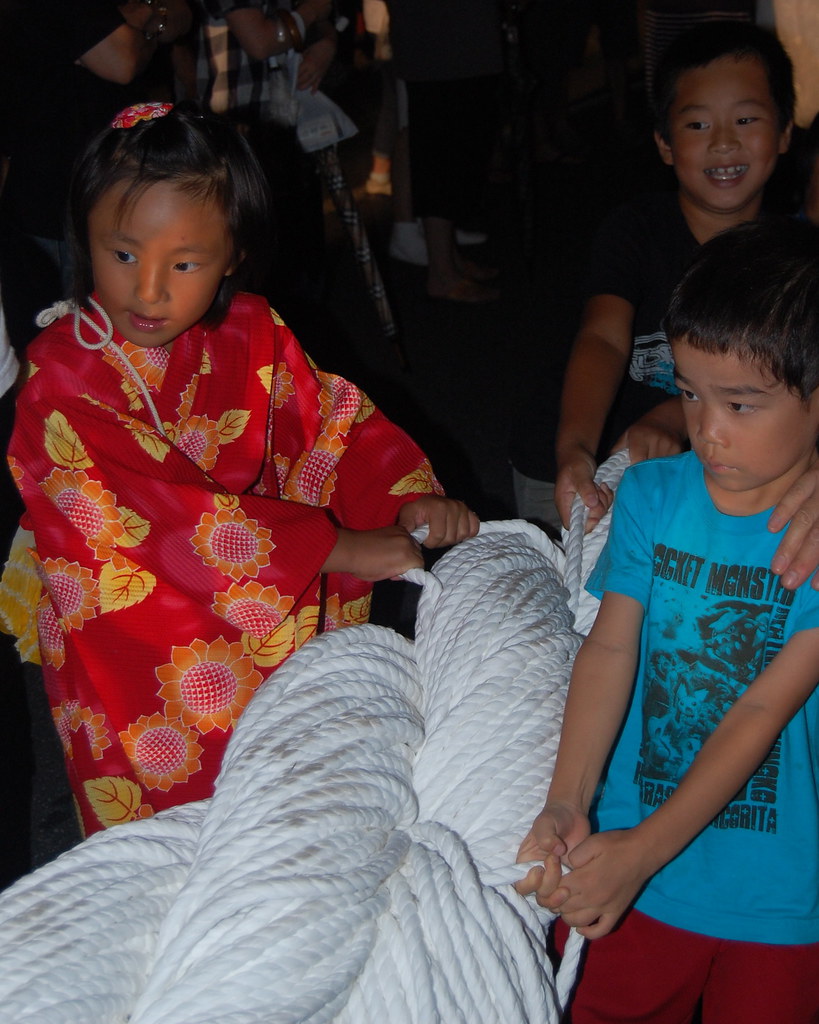
The kids had their fun, now it was time for adult swim. People packed in all along the length of the rope and I think that the majority of the town was out there, and almost everyone who was able-bodied enough had hands on a twist of this serious piece of line. All manner of people extended out of my vision toward both ends of the rope, but clearly visible in the very center were the most hard-core of Tosa tuggers, shirtless and visibly intoxicated. As soon as the command was heard, cheers went up from the crowd as both sides strained while onlookers happily doused the wild, shirtless center tuggers with hoses and buckets of water as they slipped, grunted, and tugged their way back to their Tosa roots.
I tugged for the first two ultra-pull rounds and then jumped out and snapped these.
